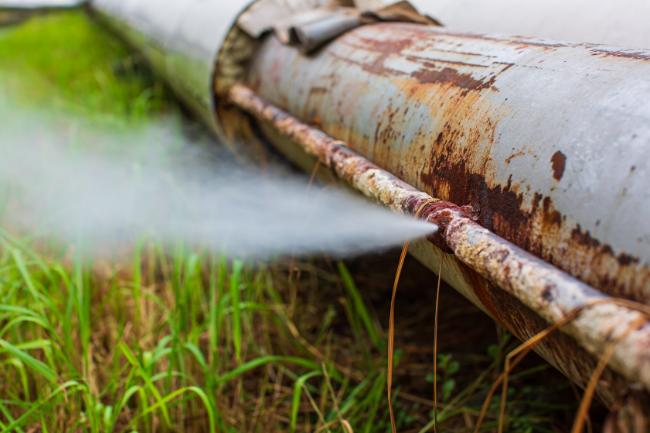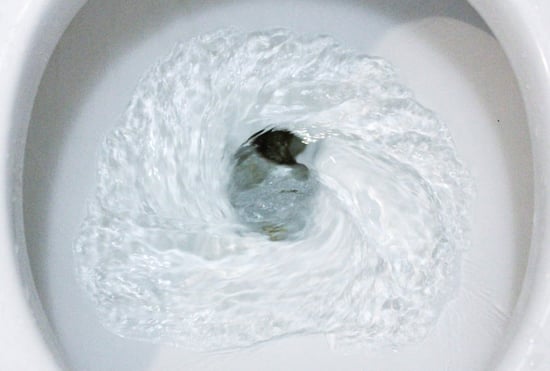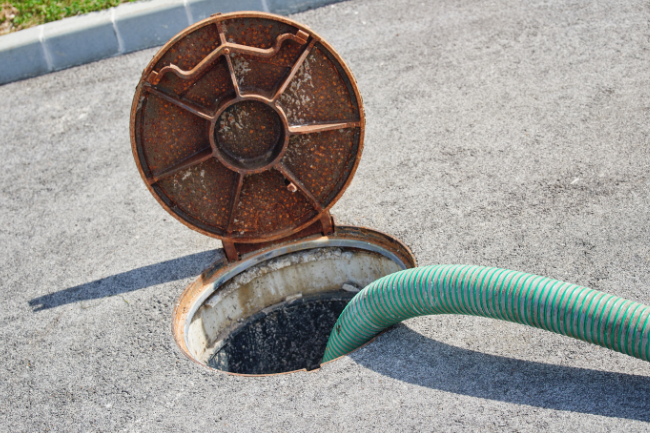How To Handle A Broken Sewer Pipe With Ease Using These Tips
Posted by William Heinselman on
 For many homeowners, broken sewer pipes are one of the most stressful plumbing problems they will encounter. These breaks, often difficult to detect and even harder to prevent, can be tended to much easier when you know the right techniques and repair options available. By following our simple sewer pipe renovation tips, you can save yourself from the costly labor and inefficiency of traditional pipe repairs.
For many homeowners, broken sewer pipes are one of the most stressful plumbing problems they will encounter. These breaks, often difficult to detect and even harder to prevent, can be tended to much easier when you know the right techniques and repair options available. By following our simple sewer pipe renovation tips, you can save yourself from the costly labor and inefficiency of traditional pipe repairs.
Know The Warning Signs
Before you can effectively deal with a broken sewer pipe, you’ll need to know how to identify one. As your local plumbing service professional will tell you, there are several revealing and obvious signs to look out for; by catching these signs early, you can prevent extensive water damage and further pipe corrosion from developing.
- Frequent water backups or significant clogging
- Strange water noises from fixtures or within walls
- Foul or musky odors
- Decreased water flow and pressure
- Sludge or debris from sinks, toilets, bathtubs or other fixtures
If you detect any of these warning signs from your home’s sewer pipes, you’ll want to contact a plumbing professional for a more exact analysis of the damage. The sooner you call for help, the better. Broken sewer pipe damages can develop over time into much more severe problems if left untreated.
Get A Professional Evaluation
Contacting a plumbing service professional to inspect your sewer pipe damage can inform you not only of where damage lies, but also its full extent and cause. A wide range of factors can contribute to a sewer line break, and knowing the potential causes can help you prepare for and prevent future breaks.
While it may be difficult for you to detect these causes, a professional plumbing evaluation can reveal all contributing factors to your pipe break, which can include:
- Root penetration or underground animal activity
- Rusting, or other corrosive elements
- Burst seams or faulty joints
- Poor installation quality
- Old age
- Debris buildup
Professional plumbing inspectors take the signs and indicators of your home’s broken sewer pipes and use them, along with their technical expertise, to create a fuller picture of your sewer pipe damage.
Additionally, sewer pipe professionals can diagnose problems in both modern PVC sewer pipes and the clay pipes in systems built before 1980. This is important, as these clay pipes begin to decay and lose functionality after a small number of decades, and almost never last beyond 50 to 60 years.
Plumbing specialists diagnose broken sewer lines most accurately with video inspection technology, specifically a video camera ‘snake,’ not unlike those used by doctors or surgeons.
These video cameras can precisely identify any number of sewer pipe damages, such as:
- Recessed taps
- Chemical corrosion and blockages
- Root intrusion
- Pipe cracks, offset joints and off-grade pipes
- Protruding lateral pipes
If your sewer pipe is backed up by a clog of hair, oil, food product or grease, oftentimes a plumbing professional can use a similar drain snake to disrupt and clear the clog on-location!
Consider the experts at Express Sewer & Drain for all of your plumbing inspection needs!
Consider Trenchless Repair: Pipe Lining
After professional inspection of your home’s broken sewer pipes, you can begin to consider repair options for your sewer pipe. At this stage, you’re likely dreading what will come next: unsightly and expensive digging, tedious sewer replacement and home damage. Fortunately for you, technical innovations have provided homeowners with an inexpensive and efficient alternative: trenchless technology.
Trenchless pipe lining is most commonly used to repair broken or cracked sewer pipes, where damage can be controlled and practically fixed. Trenchless professionals apply an epoxy Perma-Liner to the inner walls of damaged pipes, and cure the liner in place using air pressure (the result is commonly called “cured-in-place pipe,” or CIPP).
Plumbing professionals can also use these liner solutions to repair manhole-to-manhole pipe lines, lateral lining and more focused, segmented pipe repairs, called ‘sectional point repair.’
These innovative solutions eliminate the need for large-scale digging, and can be fully completed in a single day! This unmatched efficiency limits extensive labor, and saves homeowners valuable time and money.
Consider Trenchless Replacement: Pipe Bursting
For sewer pipes fully deteriorated or damaged beyond repair, there are trenchless solutions available that can fully replace your pipes, without the extensive digging or lawn damage of traditional replacement.
Called pipe bursting, this technique uses a conical bursting head to fragment and clear away your existing pipe. A replacement pipe is attached to the wide end of the bursting head, and led seamlessly into place as the bursting head fractures your old pipe.
Pipe bursting shares much of the same benefits as epoxy pipe lining and other trenchless technologies, but also provides solutions where sewer pipe repair would be impractical.
Know How To Protect Your Pipes For The Future
You can avoid the troubles of broken sewer pipes altogether by taking simple proactive maintenance measures, such as annual professional inspections and monthly self-inspections. Once a month, check your sewer pipes for poor performance, adverse effects such as smells or water color, or any of the other pipe damage indicators listed in this blog. If you notice any of these signs, contact your local plumbing service professional right away.
By detecting potential sewer pipe damages early, you can save yourself much stress and money later on. It’s better to fix pipe damages early, before they develop further and irreversibly ruin your pipes.
Furthermore, you can improve your sewer pipe’s performance and lifespan by avoiding the following:
- Using your sink as a waste disposal. Paper products, thick food skins, animal bones and shells often clog sink sewer pipes.
- Running fibrous or rough food products through your garbage disposal, as it cannot properly process them.
- Use chemical cleaner solutions sparing, if at all. These solutions can actually damage the insides of sewer pipes.
- Attempting DIY repairs and pipe replacement without the appropriate knowledge, experience or professional consultation.
To learn more about detecting broken sewer pipes, and what you can do to effectively renovate these pipes, contact the experts at Express Sewer & Drain today. With their extensive experience, our plumbing professionals can help you get your sewer pipes running smoothly once more.







